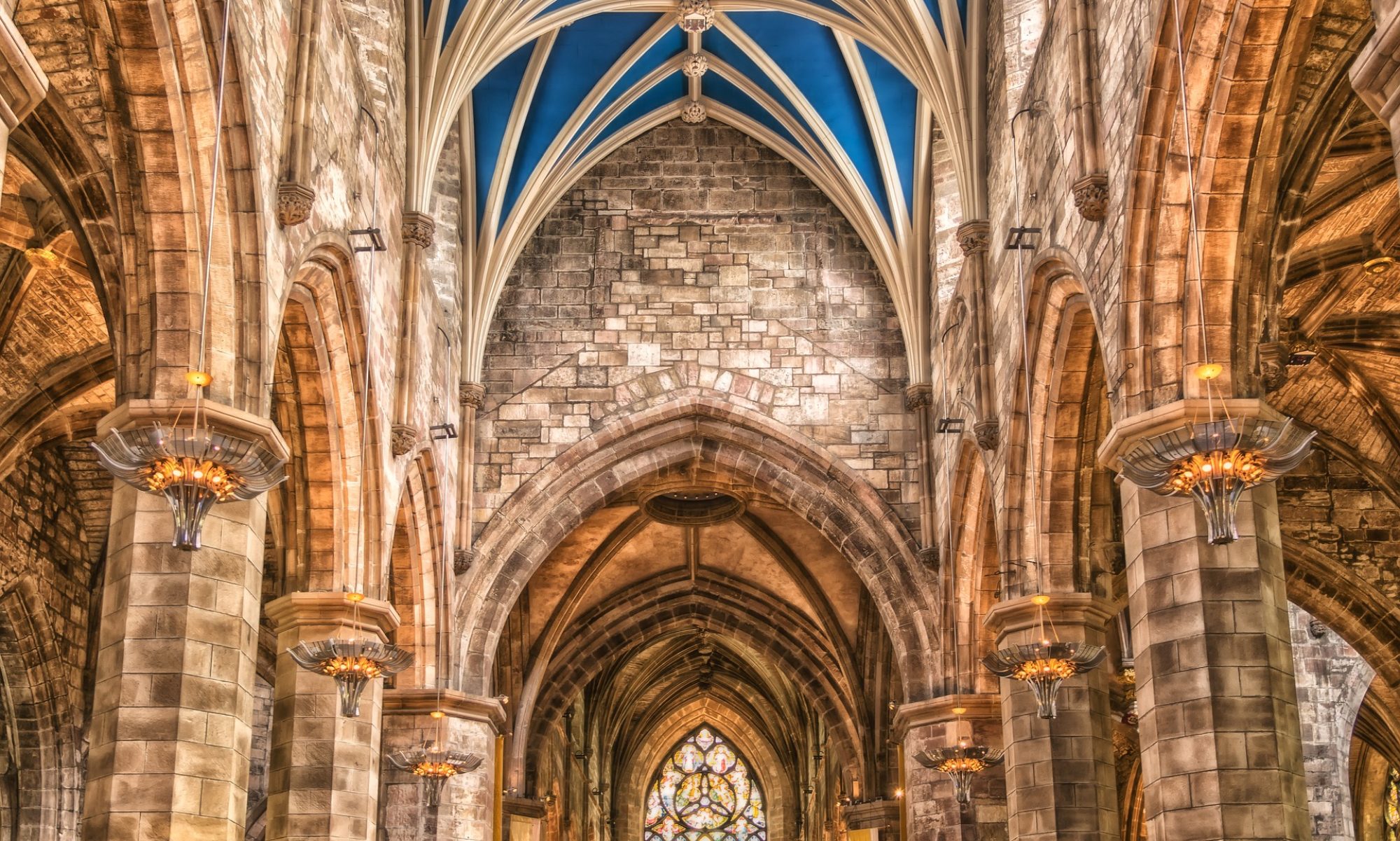June 9th, 2014
It was an impressive picture. During the first week-end of June 50.000 people gathered together in the Olympic Stadium of Rome not for a football match but instead to see Pope Francis as he joined the Catholic Charismatic movements for their annual celebration. In his speech the Pope gave a bit of an auto-biographical story of his encounter with these Renewal movements. Today, one Catholic out of ten claims to be charismatic (120 million people on the whole) and most of non-Western Roman Catholicism is heavily influenced by Charismatic spirituality.
From Skepticism to Full Endorsement
In his speech, Francis candidly recalled that his first impressions of the movement were rather mixed. The charismatic way of singing and worshipping seemed to him more of a “school of samba” than a properly defined Catholic liturgy. His reservations, however, were overcome as he better understood the movement. From a skeptical observer, Bergoglio became a staunch supporter of it.
Bergoglio’s personal change of mind over time reflects the journey that the Catholic Church as a whole made in its evaluation of the movement. From an initial puzzlement over what appeared to resemble the manners of Evangelical Pentecostalism, the Catholic Church worked hard to create a space for Charismatics within the wide fold of Roman Catholicism. The attempt went in a twofold direction. First, it made sure that the Charismatic experience was grafted into the sacramental system of the Catholic Church. Speaking in tongues and the other supernatural events were then considered as subsequent realizations of the already received sacraments administered by the Church. It was not something different or new or disruptive, but something that was grounded in the traditional sacramental theology and actually reinforced it, although in its own unique way.
Once the theology was safeguarded a second move was necessary, i.e. strictly connecting the movement to the hierarchical structure of the Roman Church. Pentecostalism was a child of the “free church” or even “para-church” mentality, based on the spontaneity of the group and the prominence of the experience of the individual, which is far from the ordinary Catholic sense of belonging to the mother Church. Paul VI and John Paul II suggested an institutional framework for the Catholic Charismatics whereby the first article of their statutes would insist that the movement was part of the Roman Catholic Church under the leadership of its bishops and ultimately under the authority of the Roman Pontiff.
In so doing, both the theology and the institution of the Church were preserved and the Charismatic movement became all in all a “child” of the Catholic Church. From being a potential threat, it became a powerful arm of the present-day Roman Church and one its main hopes for the future. In the early Seventies the initial turning point of the Catholic approach occurred at the Gregorian University of Rome (the flagship Jesuit academic institution), and now the Jesuit Pope fully confirms the extremely positive attitude of the Church as a whole toward the Catholic Charismatics.
The Role of Renewal Movements Within the System
The Catholic Charismatic movement is just of the many contemporary renewal movements that operate within the Roman Catholic Church. This institution, beside its hierarchical apparatus, is innervated by different movements, each one bringing its own “gift” (singular) to the Church which in turn holds all the “gifts” (plural). Renewal movements have always been in and around the church with their specific vocation. The Roman Church as a system has fought those movements that would not integrate themselves into the sacramental theology and hierarchical structure of the Church, but has welcomed those that were willing to become an organic part of it. The Protestant Reformation is an example of the former, the Franciscan movement an example of the latter. These integrated renewal movements have become means to stretch the catholicity of the system without changing its core.
The same thing happened with the Catholic Charismatic Renewal. Once appeased by the Roman sacraments and the Papal structure, the system has been able to fully metabolize it. As other renewal movements in the course of history, the Charismatic Renewal is a means for the expansion of the system that adds to it and solidifies it, without purifying and changing it.
